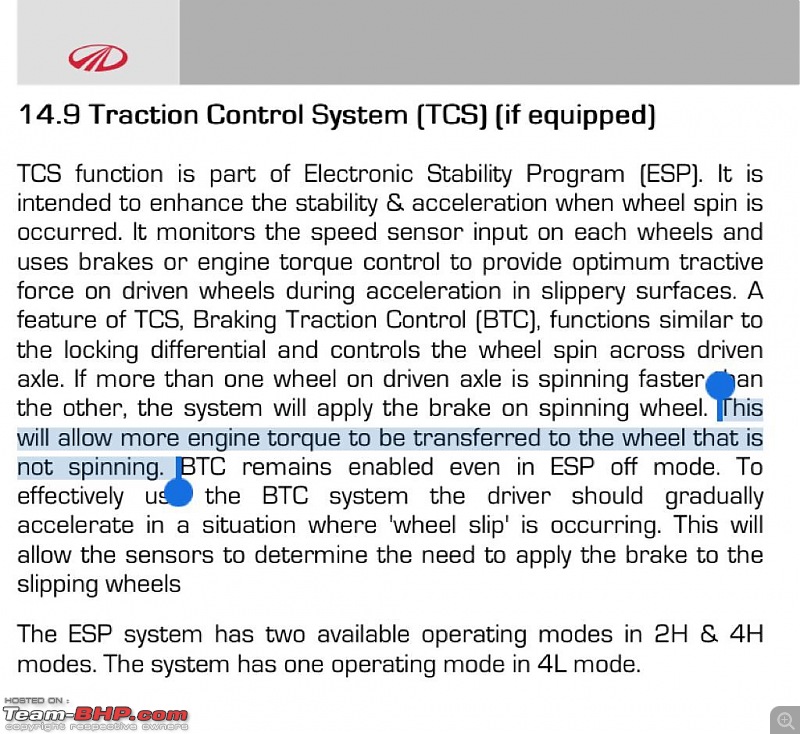| |||||||
| View Poll Results: Poll canceled. | |||
| option 1 | | 0 | 0% |
| option 2 | | 0 | 0% |
| Multiple Choice Poll. Voters: 14. You may not vote on this poll | |||
 |
| Search this Thread |  98,340 views |
| | #286 |
| Distinguished - BHPian  | |
| |  (6)
Thanks (6)
Thanks
|
| | #287 |
| Team-BHP Support  | |
| |  (1)
Thanks (1)
Thanks
|
| | #288 |
| BHPian Join Date: Nov 2020 Location: Poona
Posts: 55
Thanked: 341 Times
| |
| |
| | #289 |
| Distinguished - BHPian  | |
| |  (1)
Thanks (1)
Thanks
|
| | #290 |
| BHPian Join Date: Apr 2017 Location: NCR
Posts: 333
Thanked: 1,661 Times
| |
| |
| | #291 |
| Team-BHP Support  | |
| |
| | #292 |
| BHPian Join Date: Nov 2020 Location: Poona
Posts: 55
Thanked: 341 Times
| |
| |  (1)
Thanks (1)
Thanks
|
| | #293 |
| Distinguished - BHPian  | |
| |  (2)
Thanks (2)
Thanks
|
| | #294 |
| Distinguished - BHPian  Join Date: Oct 2009 Location: Chennai
Posts: 4,451
Thanked: 11,515 Times
| |
| |
| | #295 |
| Distinguished - BHPian  | |
| |  (4)
Thanks (4)
Thanks
|
| | #296 |
| BHPian Join Date: Nov 2020 Location: Poona
Posts: 55
Thanked: 341 Times
| |
| |
| |
| | #297 |
| BHPian Join Date: Apr 2017 Location: NCR
Posts: 333
Thanked: 1,661 Times
| |
| |  (2)
Thanks (2)
Thanks
|
| | #298 |
| Team-BHP Support  | |
| |  (2)
Thanks (2)
Thanks
|
| | #299 |
| Senior - BHPian Join Date: Apr 2007 Location: LandOfNoWinters
Posts: 2,184
Thanked: 3,014 Times
| |
| |  (1)
Thanks (1)
Thanks
|
| | #300 |
| Team-BHP Support  | |
| |
 |
Most Viewed





